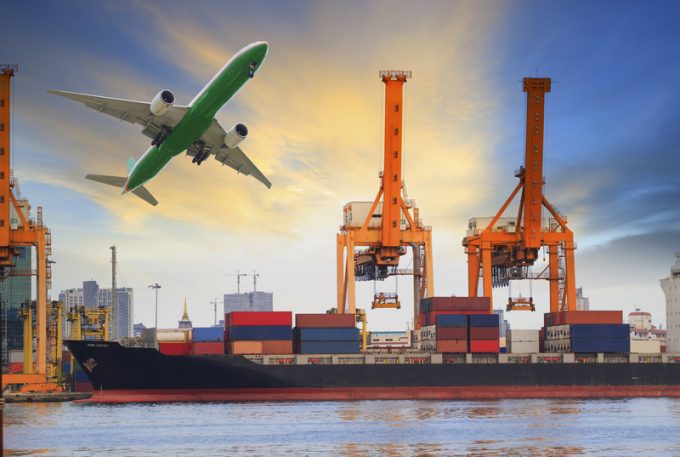Expect a shift in airfreight market as ecommerce changes tack
Airfreight shippers should expect to see market shifts as ecommerce players change strategies. While the ...

Major retailers awaiting their spring-summer stock are planning to opt for sea-air to get their goods out of China.
The garment industry wants its new season launches into shops before Easter, in eight weeks’ time, but “some 70% to 80% of Chinese factories are still not back up to speed,” said Grant Liddell, business development director for Metro Shipping.
“So there will be at least another week’s delay in production, and a lot of distressed sea freight.
“Lots of importers don’t want to pay ...
Volcanic disruption at Anchorage could hit transpacific airfreight operations
Macron calls for ‘suspension’ – CMA CGM's $20bn US investment in doubt
De minimis exemption on shipments from China to the US will end in May
Forwarders stay cool as US 'liberation day' tariffs threaten 'global trade war'
Trump tariffs see hundreds of cancelled container bookings a day from Asia
Mixed response in US to 'Liberation Day', while China leads wave of retaliation
Tariffs and de minimis set air freight rates on a volatile course

Comment on this article
Wouter Marees
February 13, 2020 at 4:28 pmHi Alex, we still have space on the train from China to Europe which would be very efficient for retailers fulfilling their warehouses before easter! Costs are cheaper then sea-air.
Rail Bridge Cargo
February 13, 2020 at 5:35 pmIndeed Rail connections are still running from China into Europe and still 60-70% cheaper than Air and about 45% cheaper still than Sea Air. Rail is a very good option but we need to fast as also there capacity is shrinking due to Coronavirus
LANGOWSKI LOGISTICS from Poland
March 13, 2020 at 7:47 amNo doubt that for Europe much better option than sea-air is rail service using block trains on the New Silk Road. And Poland as a gateway to European Union is the 1st choice for the fast distribution inside EU.
We can offer both FCL and LCL – and both West and East Bound…
Check it yourself –> RFQ@chinarail.pl